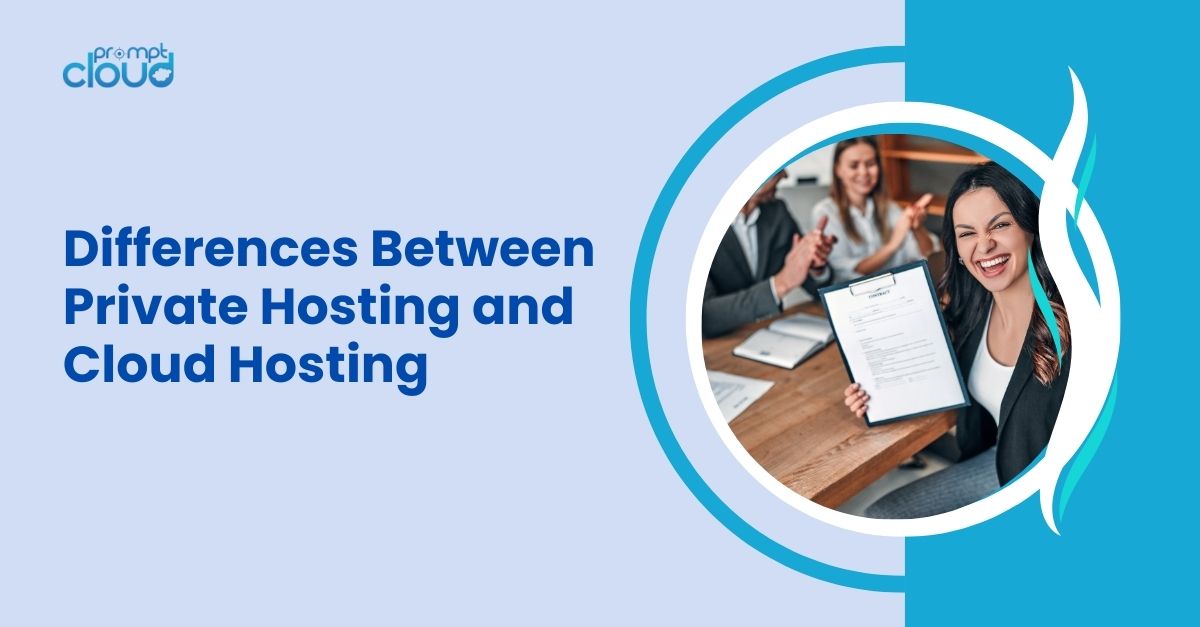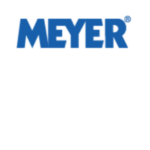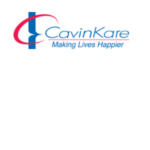Customers, irrespective of the industry and market, are now bombarded with numerous advertisements from all media platforms, along with generic marketing emails. This has taken a toll on the trust levels of the customers while also making them blind to most, if not all, such communications. This has marked the end of generic non-targeted marketing, although this is still in practice at many companies. With all the noise around, non-targeted marketing simply doesn’t work anymore; especially considering that millennials have a mere 5-second attention span for ads.
This is nothing to worry about now that all businesses have access to structured and well-organized data of their consumers and their preferences along with the capability to monitor social media for live conversations that their brand might want to be aware of. This goldmine of data can enable businesses to deliver tailor-made marketing campaigns and offers that are too good to ignore.
One of the key tactics for making more sales in this regard is NBO or Next Best Offer. Amazon’s early adoption of a recommendation engine to drive shoppers to make orders based on their page visits, searches and past orders can be considered to be the origin of NBO.
Next, Best Offer processes and technologies are vital to gain a sustainable competitive advantage and improve the response rates to up to 10 times to that of a generic campaign.
Here are some popular implementations of recommendation engines:
LinkedIn: “Jobs You May be Interested In”
Amazon: “Customers Who Bought This Item Also Bought”
Facebook: “People You May Know”
Netflix: “Other Movies You Might Enjoy”
Now that we’ve established how important a NBO system is for businesses trying to make an impact in this noisy world of marketing, let’s look at how to go about applying this in your business.
The first and foremost prerequisite to this is a recommendation engine which uses collaborative filtering techniques to generate recommendations tailored for different users. Let’s explore more on recommendation engines.
Recommendation engines: How they work
There are 3 major types of recommendation engines, and they all work differently. Selecting the right type depends entirely upon your business model and needs.
1. Collaborative Filtering:
In this recommendation engine model, the recommendations are based on the buyer’s past purchases. If a user has bought a particular product, the product recommendations for him/her will be derived from the purchase behavior of all the other people who bought that particular product.
For example, if you buy the Apple iPhone 7, the system will look into the purchase history of other users who bought the iPhone 7. Let’s assume most people who bought iPhone 7 also ordered a particular type of protective case soon after the purchase. This would end up in the system recommending the same protective case to the new buyers.
Collaborative filtering is a highly effective approach when the amount of data available is high. However, without enough data, the recommendations might lack relevancy and won’t give the expected results. If you have a large user base, collaborative filtering can be used to build your recommendation engine with confidence.
2. Content-based Filtering:
In content-based filtering model, every item is given certain keywords and attributes specific to them. Based on user preferences, the recommendation engine assigns a weight for these attributes for the users. In order to track this, a profile is made for each user where their likes and dislikes for various attributes are stored. The recommendation engine can match the user profile with the product attributes, thus generating relevant recommendations.
This approach isn’t very effective since attaching attributes to items is challenging and lack of granular-level details would make the recommendations vague and irrelevant. Another limitation of the content-based filtering model is that the system won’t be efficient in suggesting different types of products. For example, if a user has ordered a certain type of book, the system might be able to recommend similar books but not games, movies or other product types.
3. Hybrid Model:
As is predictable from the name, the hybrid model brings together the two models to make a powerful and precise recommendation engine. A hybrid model can be built either by adding content-based capabilities to a collaborative model (or vice versa), combining two separate models, or by building a custom model. Netflix is a popular adopter of hybrid model and the relevance of their recommendations is enough reason to follow this path.
When the two approaches are combined, you get to reap the benefits of both and the limitations of each are compensated by the other. Creating a custom model that combines the qualities of both models would require impeccable data science and programming skills.
Measuring the Impact of Your Engine
Now that you’ve implemented the right recommendation engine for your business model, it’s vital to measure its impact on your bottom lines, like boosting revenue, reducing churn and improving user experience.
To evaluate the impact, you should ask yourself some basic questions:
- How fine-tuned are the recommendations with regard to users’ needs, or are they very broad?
- Are user actions being affected in response to the recommendations?
- Are users open to getting these recommendations and find them useful?
Building a recommendation engine is going to be a considerable investment for your business, both technically and financially. However, if implemented the right way with clearly defined goals, it can catapult your business to the next level.
Conclusion
NBO is clearly a tactic with tremendous potential and the investment in building one pays off itself in a short span of time. Ignoring it can end up in you losing your customers to the competitors who were smart enough to build a recommendation system. Since customers are now bombarded with marketing campaigns from everywhere, they are not going to pay attention to the irrelevant ones and this is where recommendation engines come in. While all is good with recommendation engines, the relevancy of your recommendations would be what decides the results you could get from this.

















































